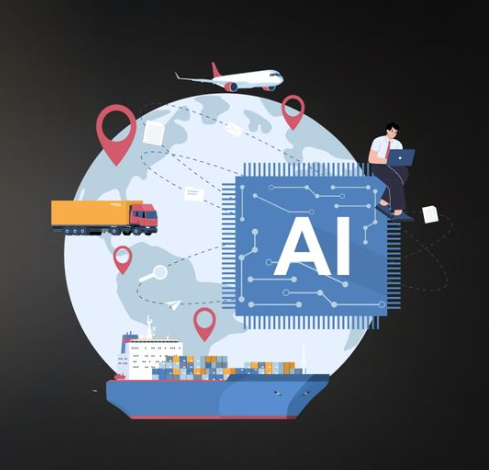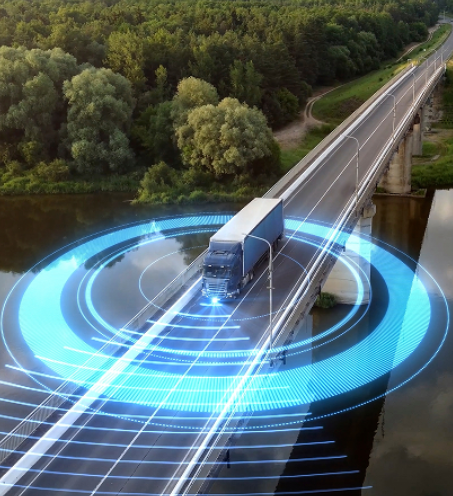AI Strategies to Prevent Customer Churn in Logistics Operations

Customer churn—the loss of clients—is one of the biggest concerns for logistics businesses. Given the critical role of timely deliveries and efficient operations, losing customers can be a blow to both reputation and revenue. Thankfully, Artificial Intelligence (AI) is providing logistics companies with the tools they need to tackle this challenge head-on, ensuring greater customer retention and long-term success.
Understanding Customer Churn in Logistics
Customer churn occurs when customers decide to take their business elsewhere, and in logistics, this can be particularly damaging due to the competitive nature of the industry. Retaining customers is more cost-effective than acquiring new ones, making it crucial to prevent churn wherever possible. Let’s examine some of the reasons why churn happens and its potential impact:
Impact of Customer Churn
- Lost Revenue: When customers leave, their business goes with them, impacting your bottom line.
- Reputation Damage: Negative experiences often prompt disgruntled customers to share their dissatisfaction, damaging the company’s reputation.
- Increased Acquisition Costs: Acquiring new customers to replace churned ones often costs more than keeping existing ones.
Common Reasons for Customer Churn in Logistics
Several factors contribute to customer churn in logistics, including:
- Delivery Delays: Late shipments are a significant reason customers switch providers. Timely delivery is a top priority in logistics.
- Communication Gaps: Poor communication, such as lack of updates or difficulty reaching support, can lead to frustration and ultimately churn.
- Pricing Issues: Unclear pricing structures or the perception of not getting value for money can drive customers to find more competitive options.
- Lack of Flexibility: If logistics providers cannot cater to specific customer needs, clients may turn to competitors who offer customized solutions.
How AI Helps Prevent Customer Churn
AI brings a variety of strategies to the table for tackling customer churn in logistics. Here’s how AI is making a difference:
1. Predictive Analytics
Predictive analytics is a powerful AI tool that helps logistics companies spot churn risks before they materialize. By analyzing past customer behavior, AI can identify patterns that indicate potential churn. For example, it might identify customers who have experienced repeated delays or who have begun to reduce their shipment volumes, signaling a risk of switching providers. By using these insights, businesses can intervene early, address issues, and offer solutions that prevent customer loss.
2. Personalized Recommendations
AI is instrumental in delivering personalized services to customers. By analyzing a wealth of customer data, AI can make specific recommendations that enhance customer satisfaction and encourage loyalty. For example, AI might suggest the most cost-effective shipping methods based on a customer’s past preferences, or recommend additional services such as tracking updates for time-sensitive shipments. Personalized attention fosters a sense of value and can help retain customers who might otherwise churn.
3. Intelligent Customer Support
Customers expect immediate and reliable support. Traditional support systems, such as phone lines with long wait times, are often frustrating and lead to churn. AI-powered chatbots and virtual assistants offer round-the-clock service, providing customers with instant responses to common inquiries, such as shipment status or billing questions. These AI tools also use Natural Language Processing (NLP) to understand and respond to customer queries in a human-like manner, improving customer experience and reducing frustration.
4. Sentiment Analysis
AI-driven sentiment analysis can track and interpret customer feedback across various touchpoints, such as social media, email, and surveys. By processing text data, AI can assess whether the customer sentiment is positive, negative, or neutral. Identifying dissatisfaction early allows logistics companies to take corrective action before minor issues escalate into major reasons for churn.
5. Dynamic Pricing Strategies
AI can help logistics companies optimize their pricing strategies by analyzing real-time data on demand, competitor prices, and customer behavior. Dynamic pricing allows companies to offer competitive rates based on market conditions and customer needs. For example, AI can adjust prices based on the urgency of a shipment or the time of day, ensuring that customers are always offered a fair and attractive price. This flexible pricing approach can improve customer retention by offering better deals without compromising on profitability.
Benefits of Dynamic Pricing with AI
- Competitive Edge: AI allows logistics companies to adjust pricing based on market trends and competitor behavior, making them more competitive.
- Increased Revenue: By analyzing demand and customer preferences, AI can help businesses maximize revenue while keeping customers happy.
- Customer Satisfaction: Dynamic pricing ensures that customers pay a fair price, leading to improved satisfaction and a lower likelihood of churn.
Wrapping Up
Customer churn in logistics can be devastating, but AI offers an array of tools to prevent it. From predictive analytics that identify at-risk customers to personalized recommendations that enhance customer experiences, AI helps companies stay one step ahead in the battle for customer retention. With AI-enhanced support, sentiment analysis, and dynamic pricing, logistics companies can keep their customers satisfied and loyal, reducing churn and driving long-term success.




